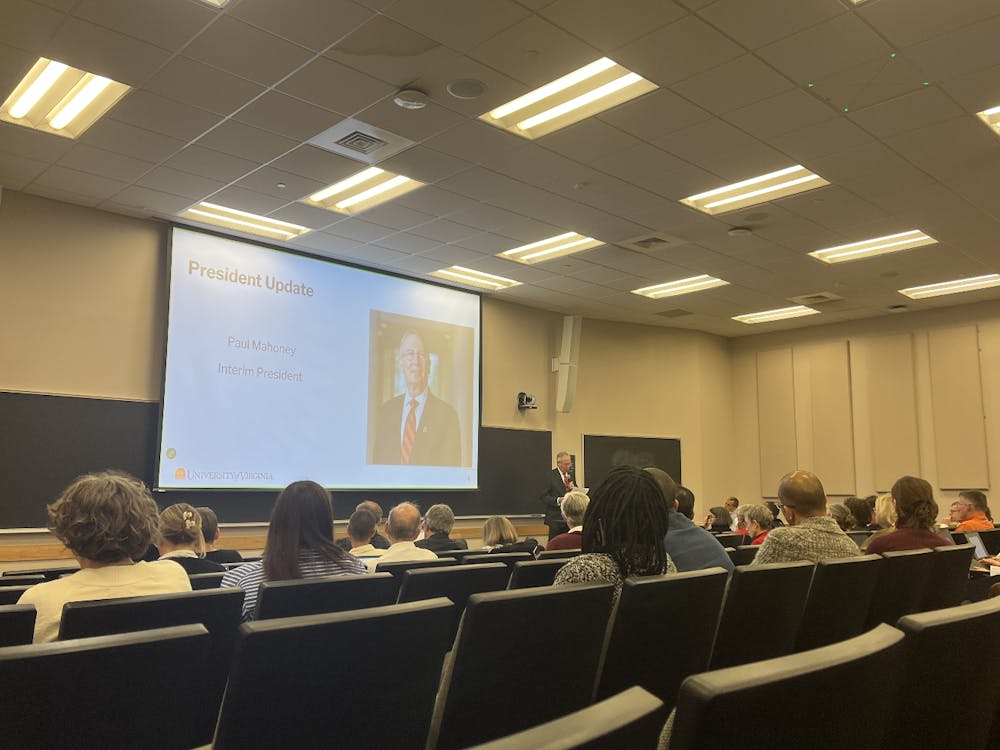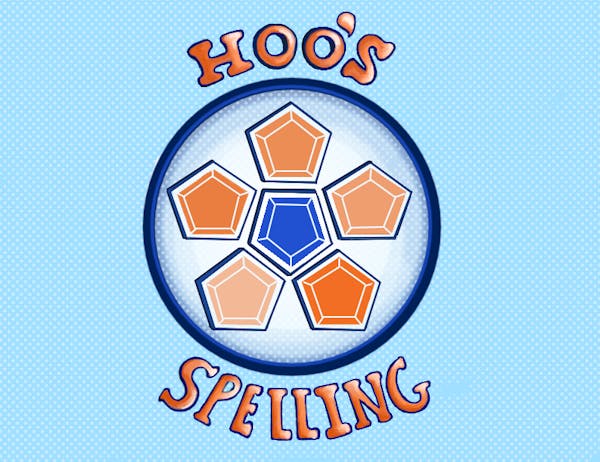As a national student loans scandal erupts at college campuses across the country, the last thing University officials want is for the school to be connected with improper student loans policies discussed in a New York Times article. But the recent scandal has placed increased scrutiny on all potential conflicts of interest within college communities, including that of the University. An April 15 New York Times article suggested Bank of America's 2002 proposal to become the University's preferred lender included illegal loan practices. Now, in light of this critcism, University officials clarify the relationship between the school and Bank of America and its student loans policies.
Scandal
The national student loans scandal hinges upon an investigation launched by New York Attorney General Andrew Cuomo into student lending business practices at universities in New York and across the nation. The investigation has grown to involve about 100 universities and six separate student lenders.
Conflicts of interest uncovered by the investigation involve improper relationships between college officials and private lenders. Example of these range from companies' employees operating student inquiry call centers for financial aid to financial aid administrators at institutions such as Columbia, the University of Texas and the University of Southern California owning significant shares of the student lending company designated as the school's "preferred lender." Other claims include tales of financial aid officials jetting off to exotic locations for seminars courtesy of student lenders.
"It is really critically important for students and families to be able to trust the advice they receive from the school's financial aid office ... the recent scandals and revelations have damaged that trust," said Lauren Asher, associate director of Project on Student Debt, an organization formed to increase public understanding of the student loan process, protect family financial security and advance the economic competitiveness of student loans.
Eight universities are facing allegations of deceptive student loan practices. While the schools, including New York University and the University of Pennsylvania, have denied wrongdoing, they are simultaneously settling allegations of kickbacks brought by Cuomo's office by pledging to stop accepting all payments and benefits offered by student lenders.
The investigation also uncovered revenue sharing arrangements by which the schools received a certain percent of the revenue from loans they referred to lenders. Five of the eight schools agreed to refund $3.27 million from revenue sharing to students.
Sallie Mae, the largest student loans provider, has pledged to end its operations at college call centers and has offered $2 million to educate students and parents about student loans in its settlement with the New York attorney general.
The burgeoning investigation has now spread across the nation. The attorney general of Illinois is currently investigating student loan practices at Chicago State University and Western Illinois University. The Ohio attorney general's office followed suit, mailing letters to universities throughout the state indicating intent to investigate allegations of potential conflicts of interest in college financial aid offices.
"It behooves the financial aid office to clarify how they select lenders and how they define appropriate relationships," Asher said. "More transparency from both lenders and colleges about loan offerings and how those choices are made is essential in rebuilding that trust and distinction."
What about the University?
The April 15 New York Times article stated that Bank of America's written response to the University's request for proposal (RFP) for a preferred private lender of student loans indicated that some parts of their proposal had"the potential to violate" federal law.
The University immediately responded to the article with a letter to the editor of the New York Times, expressing its disapproval and disputing the omission of key facts that left the impression of wrongdoing on the part of the University.
"Nothing could be further from the truth," said Yvonne Hubbard, director of Student Financial Services. The Times printed an edited version of the letter Monday.
The New York Times quoted Bank of America's response to the University's request for proposals for private lenders. The RFP included a stipulation that the University wished to act in accordance with the Higher Education Act of 1965 which "bars lenders from, among other things, offering 'directly or indirectly, points, premiums, or other inducements to any educational institution or individual in order to secure applicants for loans...'"
In their response, Bank of America agreed to this proposal, saying that it was certainly necessary to discuss any potential violations of federal law.
"The end result was that there was no improper inducements," Hubbard said. "The RFP was well within guidelines ... and the way we operate does not violate federal policy."
"Squeaky clean" student loans at schools
According to Hubbard, the process of selecting Bank of America as the University's preferred lender for student loans was legitimate and markedly different from those that are involved in the national scandal.
"In my opinion, we are squeaky clean," Hubbard said.
The move to a private lender for student loans occurred after the University withdrew from the federal government's Direct Loan Program, which required students to pay an origination fee not required by private lenders. The University participated in the Direct Loan Program from 1995 through 2004. Administrators initiated the search for a Federal Family Education Loan (FFEL) Program lender April 29, 2002. The FFEL is a federal program that offers students low interest loans through private lenders.
The committee charged with selecting the University's private lender was composed of leaders from offices throughout the University, including Student Affairs, the Provost's Office and Auxiliary Services. They filed a request for proposal (RFP) inviting companies to present their offers for providing student loans through the University.
While 15 companies responded to the request, four were invited to the University to make presentations for the position of preferred lender. The primary consideration for selection was based on student benefits and customer service. According to Hubbard, a net present value cost analysis of the company offerings, including post disbursement benefits and servicing benefits, was completed and reviewed.
"If we are going to have a preferred lender, it better be for a bloody good reason," Hubbard said.
Hubbard reiterated that the University does not participate in revenue sharing, nor does it receive any other "gifts" or inducements from private lenders.
"As with most things in financial aid, our concern is our students," Hubbard said.
According to Hubbard, the University chose to go the open, transparent route, issuing a request for proposals from the FFEL Program lending community in order to demonstrate that the process was being managed on a level playing field and that all qualified vendors were encouraged to apply.
Ultimately, Bank of America was awarded the contract, signed Oct. 28, 2003.
The University's FFEL program handles approximately $70,000,000 in student loans with Bank of America, managing approximately 95 percent of that volume. The school uses Bank of America as a student's default lender unless the student specifically instructs otherwise.
Hubbard added that while the University constantly reviews the program, the financial aid office is currently working on a review of its policies following the letter sent by the American Council on Education with some suggested review questions in response to the national scandal.
The contract with Bank of America will be put out to bid once again after five years, putting it on the open market in October 2008.
Conflict of interest?
In the aftermath of the scandal, increased attention has been placed on the close relationship between those in the student loans industry and institutions of higher education. There are many ties between important members of the University community and the industry, including Board of Visitors members G. Slaughter Fitz-Hugh, Jr., former president of the Virginia branch of Bank of America, and President John T. Casteen, III, who served on Sallie Mae's board of directors from 1994 to 2004.
University officials, however, said there is little room for outside pressure in University decision making.
"The state has fairly rigorous conflict of interest standards for all state institutions," University spokesperson Carol Wood said. "You have to file a conflict of interest report for managers all the way up to the president."
Wood said these forms provide "fairly strict guidelines" by listing outside organizations a manager is involved with to look for potential conflicts of interest.
Fitz-Hugh was appointed to his position on the Board of Visitors by the governor in 2004, a year after Bank of America took over as the University's preferred lender of student loans.
"The student loan program is handled out of a separate area of the bank rather than normal statewide operations, so I was not really familiar with the student loan program in any negotiations that they had with the University community," Fitz-Hugh said.
Hubbard said in her work on the committee that selected the preferred lender, she did not experience any outside pressure.
"I don't get pushed by that kind of influence," Hubbard said.
Moreover, administrators said the University serves as an example of how the student loans selection process should be conducted.
"We hope to act as a voice for how institutions should be doing it," Wood said.
Hubbard echoed this approval, but said there is always room for improvement in the University's student loan program.
"Nothing is perfect, something could always be improved, but I think our program is very good," Hubbard said.






